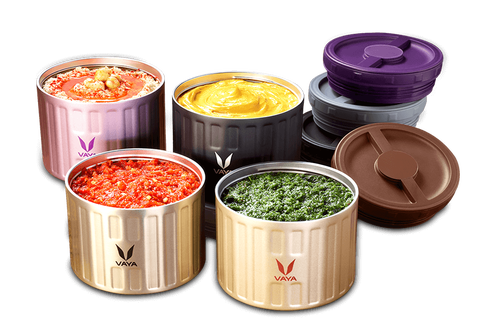Climate change is very real and it is time we all took it seriously. To fight against it, it is necessary to turn to a more sustainable lifestyle. Sustainable living reduces our carbon footprint and improves our quality of life by saving natural resources. As a beginner, it might seem difficult to make any sudden changes in your life. However, certain sustainable practices are easy to adopt and make a world of difference. This article discusses how you can make those changes to your lifestyle and live sustainably.
Top 10 Ideas for Sustainable Living
Your efforts to live sustainably are the first step towards better environmental conditions. As everyone’s aware, the planet is already paying for the recklessness and lack of accountability humans had for their actions against it. It is on the verge of catastrophy, and it is high time that everyone acknowledges and accepts the ways of life that make situations more favourable for the planet. The list below will help you incorporate environmentally friendly practices in your daily life.
1. Investment in Sustainable Homeware Essentials for Everyday Use
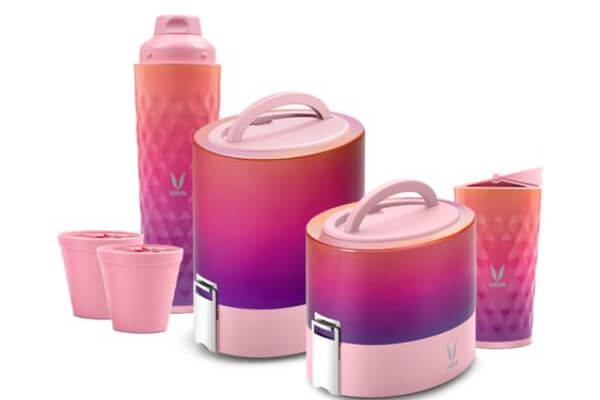
Stainless steel products ensure that waste is minimised. When you are using a stainless steel lunchbox every day, all you need to do is wash it and reuse it. A stainless steel bottle can be filled as many times as necessary. If you keep your dry foods or non-perishables in stainless steel jars or containers then there is less chance of breakage. The material is sturdy, and there is no need to throw away stainless steel products after only using them once or twice.
2. Use Razors with Recyclable Blades

Razors that can be used multiple times are better than the single-use razors made of plastic. The blades are recyclable, and you can keep using the razor for a long time by just changing the blades. They are also much safer on the skin than plastic razors.
3. Avoid Using Plastic/Polythene Bags
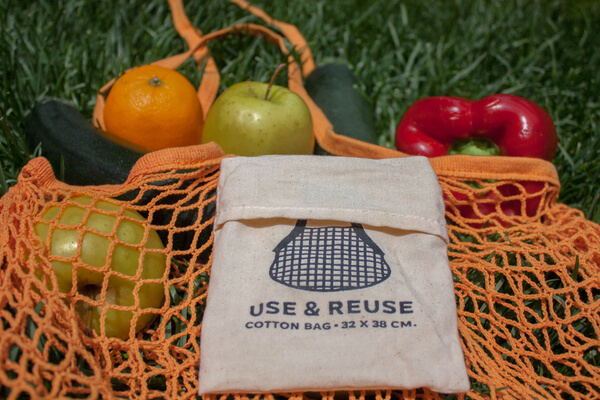
Plastics are extremely harmful. They take a long time to break down naturally and can affect ecological balances. Every time you go to the market, without a bag of your own, the shopkeepers will be packaging the items in plastic bags. You should carry bags made out of cloth or jute, instead. These materials are sustainable. You can easily wash a cloth or jute bag and use it again.
4. Grow Vegetables, Herbs, and Fruits in Your Home Garden

Growing your food is a very sustainable practice. It helps you reduce your grocery bills, and you can preserve and save excess food for months. You can start small and plant just a few, easy to grow fruits and vegetables like lemons, plums, potatoes, radishes, cucumbers, chilies, and coriander. Once you are confident about your abilities you can start on plants that need more care.
5. Switch to Using Cloth Handkerchiefs

You might say that paper napkins are biodegradable and more hygienic, but using too many of them generates a large amount of waste. If you use cloth handkerchiefs, you can cut down on this waste. One important aspect of sustainable living is reducing waste as much as possible. Many think that using the same handkerchief throughout the day increases the chance of infection. To remedy that, you can easily carry multiple handkerchiefs and a wet bag to stash used ones.
6. Shop for Clothes at Local stores and Thrift Shops
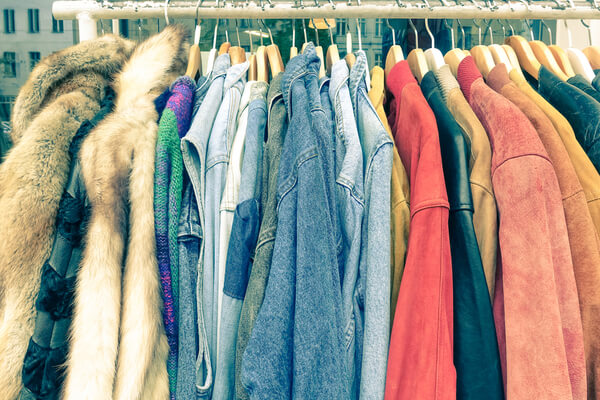
A lot of fossil fuels and water resources are exhausted in the production of clothes, especially those from large and popular brands. If you shop locally or at thrift stores, you can save a significant amount of money and non-renewable resources. Some brands approach production ethically and use sustainable practices. They provide fair pay to their workers and try to make as little an effect as possible on the environment. You can support these brands when you wish to buy new clothes.
7. Use Public Transport or Just One Car for the Family
Cars emit a large number of greenhouse gases, and with pollution levels rising steadily, you should not use a personal vehicle frequently. Maintaining multiple cars is also expensive. The best option is to make use of public transport that is available, for example, buses, trains, taxis, and trams. If you have a large family or if public transport is not accessible, then you should use just one car. Switch to a family car and plan your travel schedule to accommodate everyone. This will cut down on costs and will not be as harmful to the environment as multiple cars from one family.
8. Use Soap or Shampoo Bars

Soap and shampoo bars are more sustainable than bottled bathing products. This is because there is little to no waste produced after you finish using one. You can also use soap bars or nuts for washing clothes. These are gentle and do not contain harmful chemicals.
9. Create Your Own Cleansing Products

There is no need to use harsh cleansing products all the time. You can use them for tough stains and areas that are hard to clean. For all other areas in the house, homemade cleansers are a great choice. Baking soda with lemon juice can get out light stains. You can also make an all-purpose cleaning liquid using hydrogen peroxide, white vinegar, clear soap, essential oils, and water. If you can make your cleansing products then it will save a lot of money.
10. Hang Dry Your Clothes
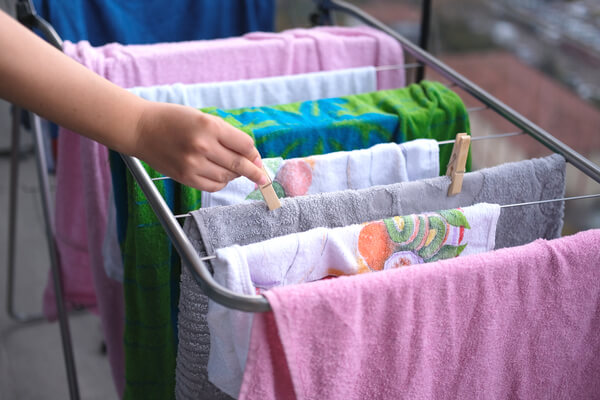
Set up a clothesline and let your clothes dry in the sun. This will reduce your carbon footprint, and you will be able to save a lot of electricity. Your clothes will also remain in good condition for a long time when they are not subjected to the high heat from the dryer.
Final Words
Sustainable living does not only help in waste reduction, but it also includes smart ways to save money. By living more simply, your life becomes healthier. As the environment improves, you stop depending on corporates and brands to meet all your needs. Sustainable living promotes self-care and takes care of the ecological balance, all at once!



